May 1800. Frost, slippery, steep, narrow, winding roads. Slowly, laboriously, the stream of people is climbing. From time to time someone's leg or cart wheel slips on the icy surface, threatening to fall into the abyss. The wind is blowing. It's snowing. There is a terrible windchill. Everyone wraps their coats tightly around themselves, pulling their triangular hats tighter over their heads. A 31-year-old man is riding ahead. With his nose tucked in the collar of his coat, he sits on a mule led by a guide. He is deep in thought. Suddenly the animal stumbles. His foot slips on the ice. It loses its balance right over the precipice. The lives of mule and his passenger are in danger. However, the Universe decides it is not time yet. This man has an important role to play. He will live another 20 years, having an impact on the fate of the whole of Europe. With the help of the guide, the animal regains its balance and continues its journey up the steep, icy path, carrying its precious cargo on the back.
Who are these people who expose themselves to such hardship and danger?
In mid-May 1800, an army of 40.000 commanded by general Bonaparte - First Consul of the French Republic, entered Italy through the St. Bernard Pass. As soon as Napoleon set his feet on the threshold of Europe, toured to conquer Egypt, the Austrians returned to Italy "liberated" by him. Now they sieged general Messena's French detachment in Genoa. He was desperately resisting, waiting for reinforcements to arrive, so, Napoleon had no time to lose and he didn't want to waste it on trips along the seashore. He decided to take the shorter route, through the Alps. He wanted to surprise the Austrians and attack the home front of the army besieging Genoa. There were no tunnels under the mountains back then. The French relieving troops had to get through the alpine ridges. A pass at an altitude of 2.470 m above sea level was chosen as the crossing point. Even though it was spring, temperatures were still below freezing at this height. Snow, frost, wind, and above all, steep, narrow roads - in such conditions the French army passed through, carrying carts, horses and cannons. Napoleon himself, although proudly presented in the following way for the memory of posterity:
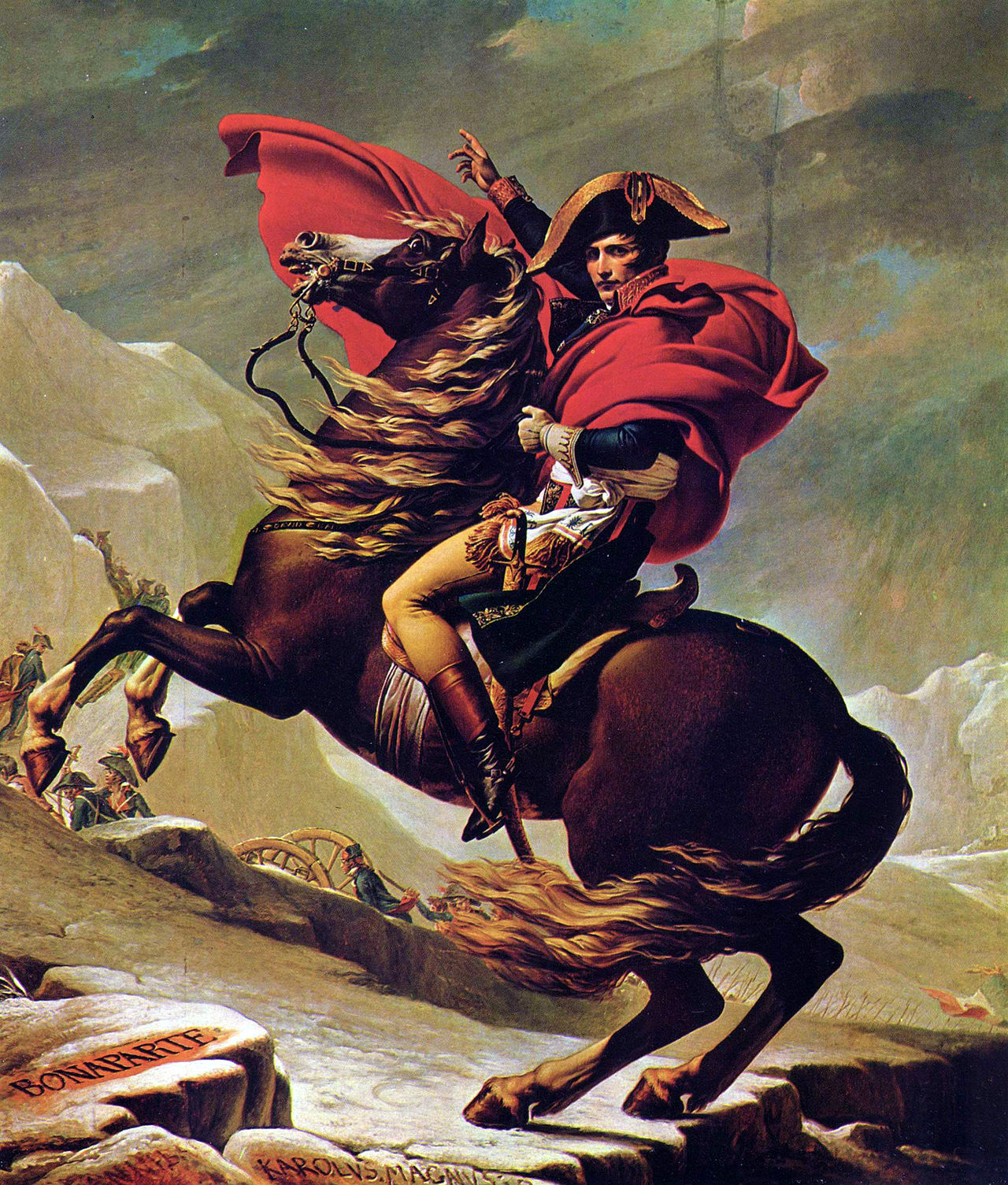 "Napoleon crossing St. Bernard Pass in 1800", Jacgues-Luis David, 1801
"Napoleon crossing St. Bernard Pass in 1800", Jacgues-Luis David, 1801
It looked rather like this:
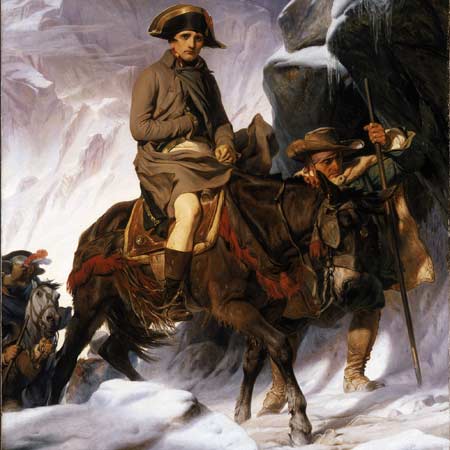
"Napoleon crossing the Alps", Paul Delaroche, 1850
On the pass, the Bernardine Brothers treated the tired wanderers with "please, enjoy what we have", i.e.: bread, wine and cheese. Then the whole army went down to the Aosta Valley. Thinking things would go smoothly, they marched bravely, capturing the city Aosta by surprise and defeating the enemy troops located in the valley. They were walking like a storm when they came across IT near the exit of the valley, built on a hill, strengthened through the ages. Guarding the route from France to Italy. Undefeated. Now manned by an Austrian crew – the Bard Fortress.
400 people of the Austrian crew under the command of captain Von Bernkopf greeted the incoming French succour with thunderous volleys from all guns. Napoleon had to stop his triumphant blitzkrieg. He was unable to get close to the fortress because his army was decimated because they were sitting ducks. There was little he could do about the fortress itself, for it was on a high hill, on a mighty rock. The French army stopped since the only road leading out of the valley passed at the foot of the mountain on which this huge fortress was located. The pathway was regularly shelled. The mouse wouldn’t squeeze. Situation was hopeless. There was, of course, the uphill besieging but general Bonaparte had no time for that. His infantry tried to capture the fortress but only managed to take the city at its foot, and with considerable loss of lives. The army of the First Consul of France was stuck. When force solutions failed, it was time for the power of the mind. Finally, he was the best strategist in Europe at that time. Bonaparte sat down and came up with the simplest obvious: if I can't overcome an obstacle, I must go around it. It required a lot of effort and ploy but it was successful. An army of 40.000 surrounded the fortress. The infantry walked along mountain paths, so far frequented by chamois. The sappers helped the horses and wagons by blowing up some of the rocks at such a distance from the fortress, where the bullets from its cannons could not reach. A ploy was used to transport the cannons. The stone road near the fortress was paved with horse manure, and the wheels of the cannons were tied with straw. During the night, they were quietly rolled under the noses of the defenders. In the morning, desperate Austrians saw the back of Napoleon's army. So that they would not feel completely ignored, they were left with one Bonaparte’s troop to besiege them further. The Austrian garrison surrendered in early June after two weeks of siege. The goal was achieved. It stopped Napoleon's advance, thus eliminating the effect of surprise. At that time, depleted of ammunition and food supplies, the Genoese garrison had to surrender to the Austrians. Napoleon finally won, defeating his opponents at the Battle of Marengo. However, he did not forget about the problem that negated his plans for a surprise attack. He had the Fortress di Bard razed to the ground to avoid unpleasant surprises in the future.
It was rebuilt after thirty years. It was reconstructed even more magnificent. The fortress was equipped with 50 guns of various calibers, at different levels: mine throwers, howitzers and cannons. It could accommodate 416 crew plus food and ammunition supplies for 3 months. The fortress never experienced a siege again. It has remained practically intact to our times.
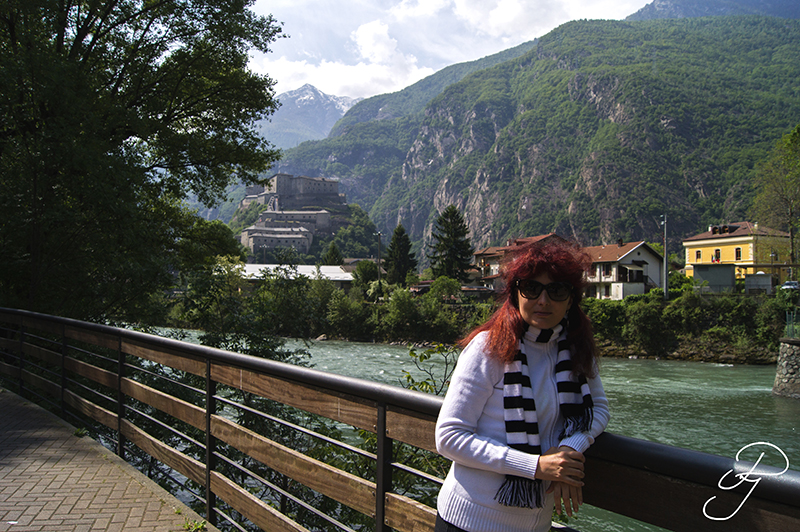
The only one who defeated it over the course of 10 centuries of existence was Napoleon - a genius of war.
Today, numerous exhibitions are organized on its premises: World Press Foto, or recently an exhibition of paintings Golden Ages, presenting the works of: Rubens, Van Dyk, Jordeans. You may also visit the prison in its original interiors and hear about the history of the fortress.

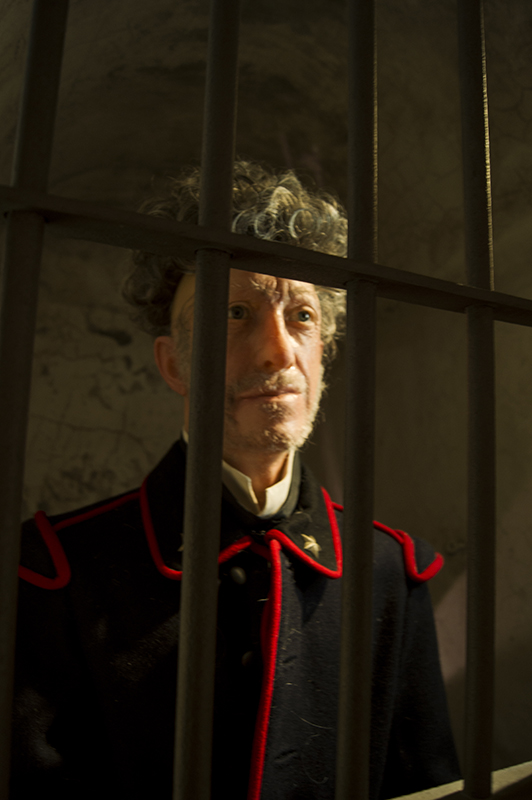
The fortress has 4 levels. Can be reach both by elevation or on foot.
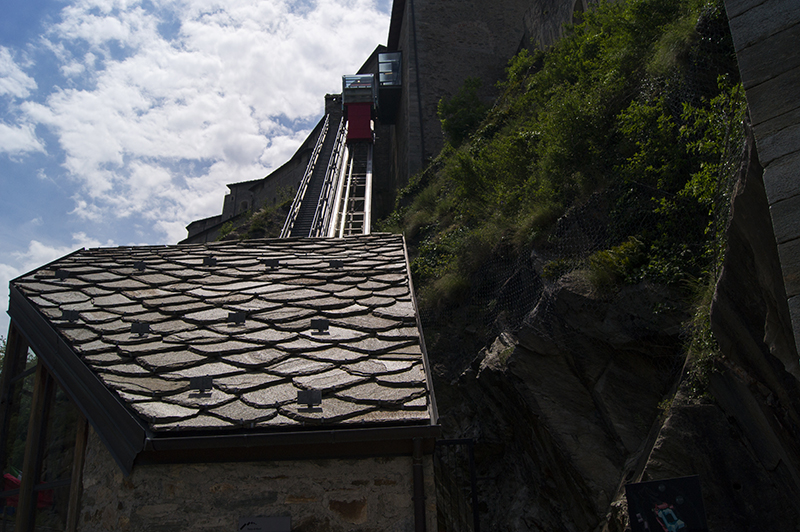
From its top you can enjoy a beautiful view of the Aosta Valley.
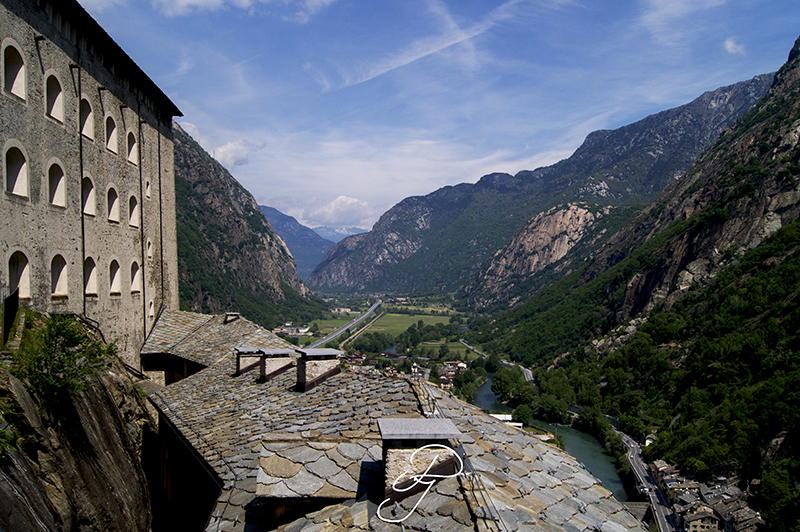
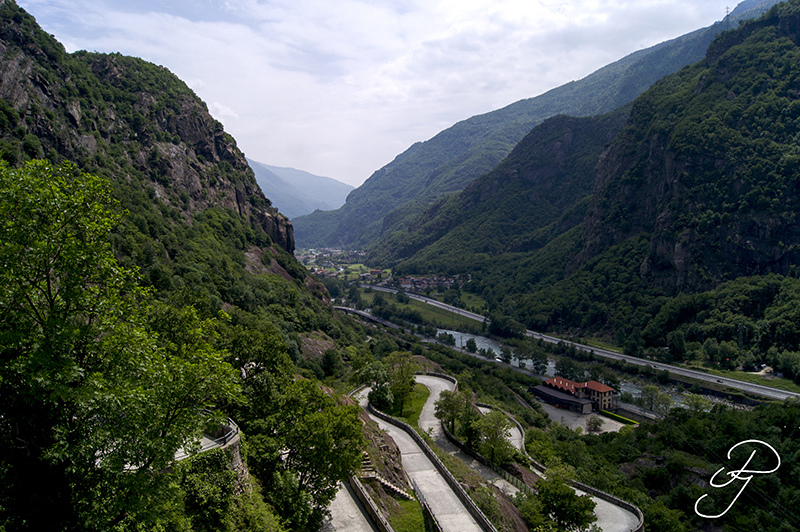
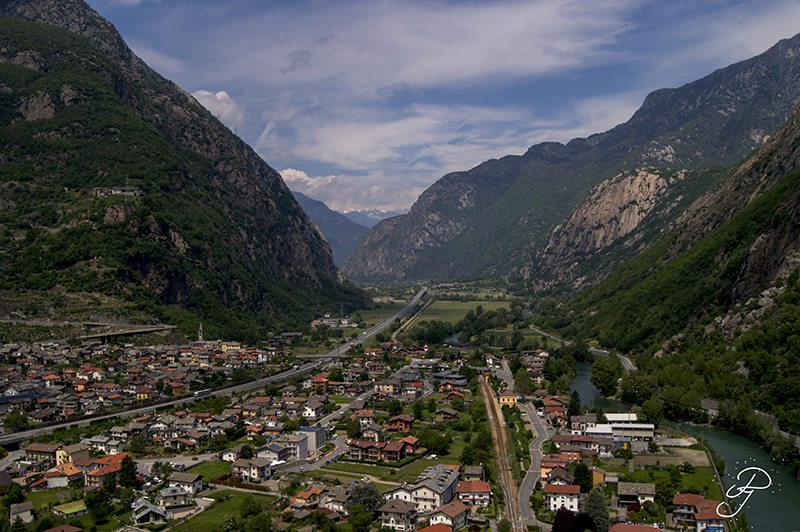
Link to the main site of the fortress:
http://www.fortedibard.it/en/informations/how-to-reach-us
Material was prepared on the basis of the following source data:
1. "Napoleon" - Robert Bielecki, Warsaw 1973,
2. Forteca di Bard website: www.fortedibard.it,
3. Napoleon.org.pl, "Kampania 1800" edited by Szymon Jagodziński,
4. http://tangoitalia.com/valledaosta/the-fort-of-bard,
5. Wikipedia.
